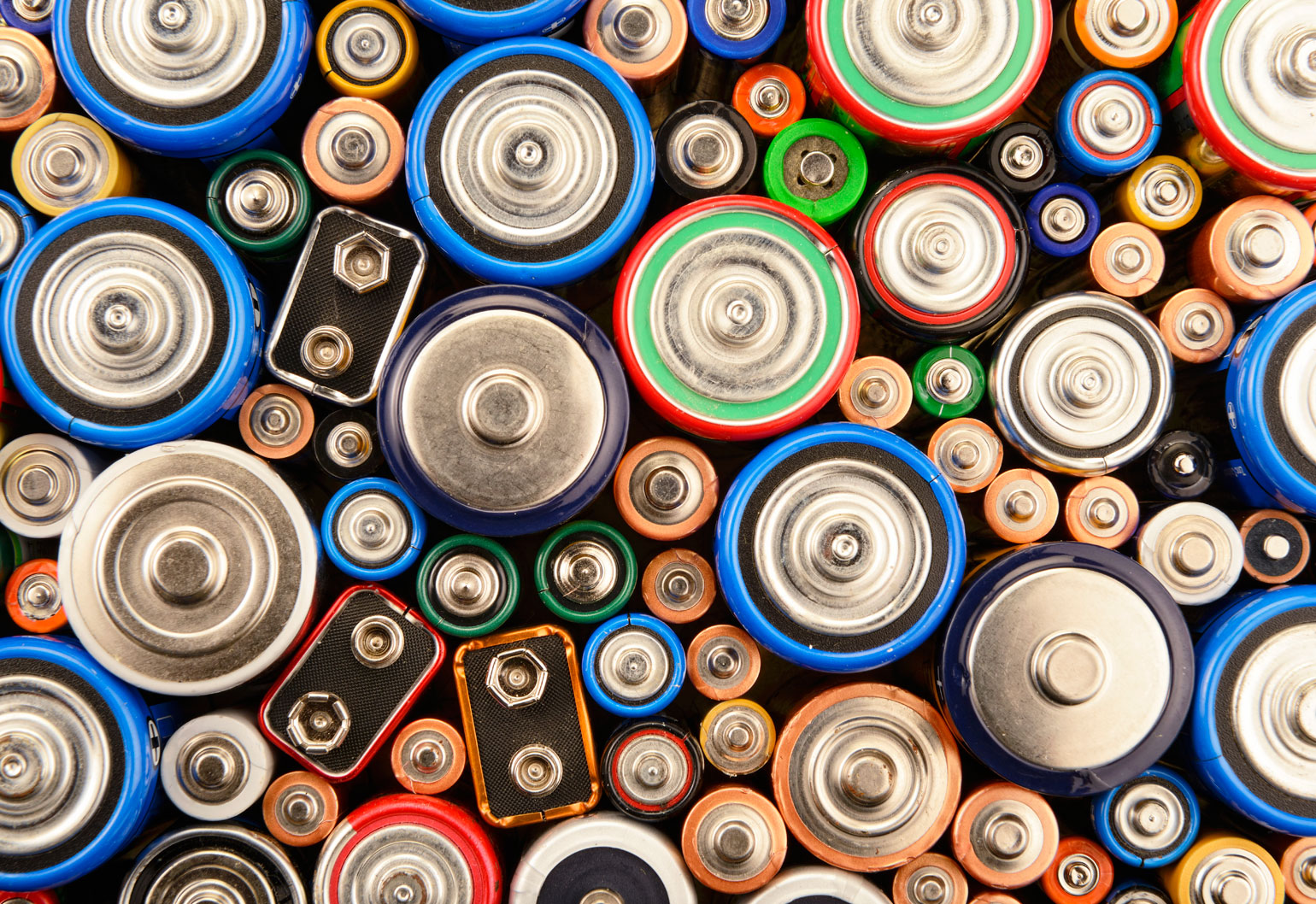With the range of lithium-ion battery powered devices on the rise, researchers are investigating how 3D printing and nanotubes can be used to lessen restrictions on shape and size.
Commercially available batteries are usually cylindrical or rectangular, which potentially restricts options for the design of products ranging from smartphones to electric cars.
But a team from Texas State and Duke Universities in the US has shown how this situation could change by 3D printing a prototype LED bracelet and self-darkening LCD sunglasses, each with a built-in lithium-ion power cell.
“The ability to 3D print lithium-ion batteries in an arbitrary geometry would not only allow the battery form factor to be customised to fit a given product design, but also facilitate the use of the battery as a structural component,” the team stated in their research paper, recently published in ACS Applied Energy Materials.
Getting things flowing
In their experiments, the researchers used fused filament fabrication (FFF) 3D printers, which are economical and widely available.
The developers explained their main challenge was increasing the ionic conductivity of the polymers used in the printing filament. They overcame this issue by infusing the fibres with an electrolyte solution.
As an extra measure, they added graphene and multi-walled carbon nanotubes to the device’s anode and cathode. They tested the technique first with a ‘coin cell’ battery, then the bracelet and sunglasses. The standout feature of the sunglasses and bracelet was their built-in batteries were completely concealed in their temples (arms) and wristband, respectively.
The battery in the LED bracelet was able to power the light for 60 seconds. While it is not yet powerful enough for commercial applications, the researchers have plans to bump up its capacity. This could include using a 3D-printable paste to replace the filament.
Moving towards cheaper devices
Lead research author Dr Christopher Reyes originally studied electrical engineering, but transferred to chemistry to shift to a broader scientific focus.
Reyes is now based in the Department of Chemistry at Duke University and has published previous research into novel materials for electronic devices, as well as 3D printing a robotic car.
Since his undergrad studies, Reyes has been interested in finding materials and manufacturing techniques to help drive down the cost of devices such as solar cells and touch screens.
“For research to benefit mankind as a whole, I firmly believe that the science and technologies produced must reach the entire socioeconomic spread,” Reyes said.



